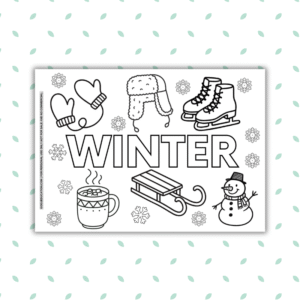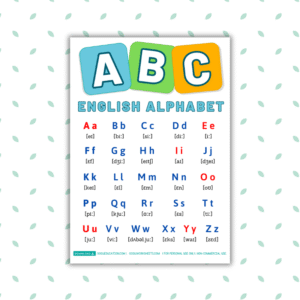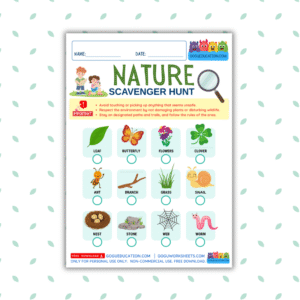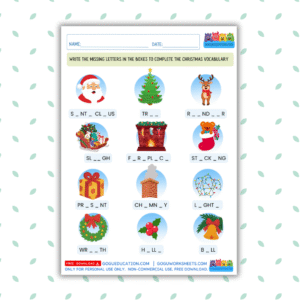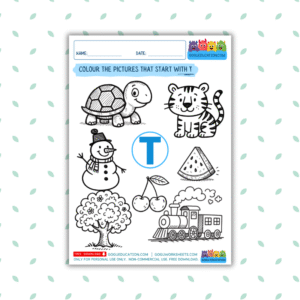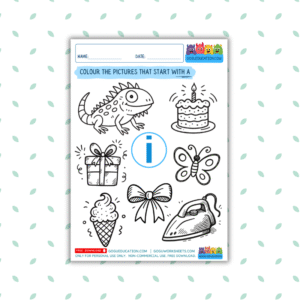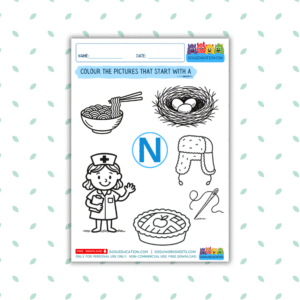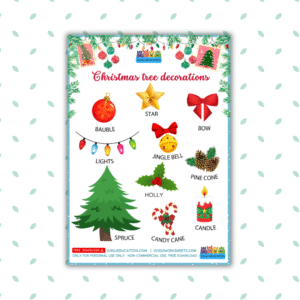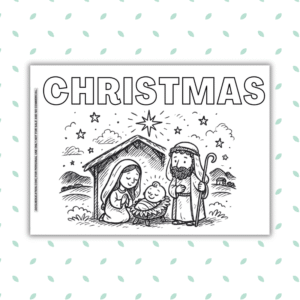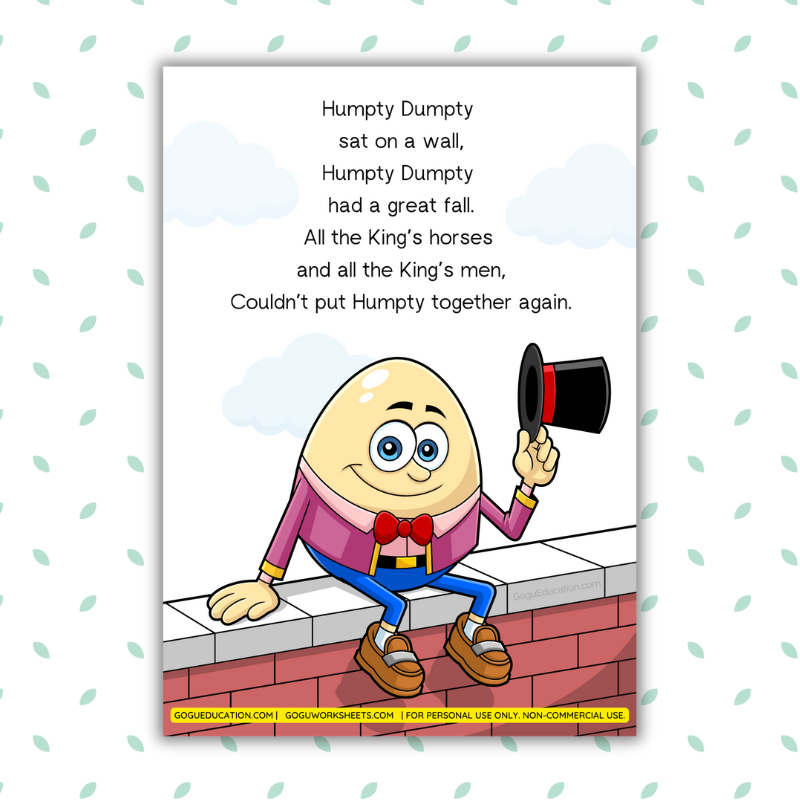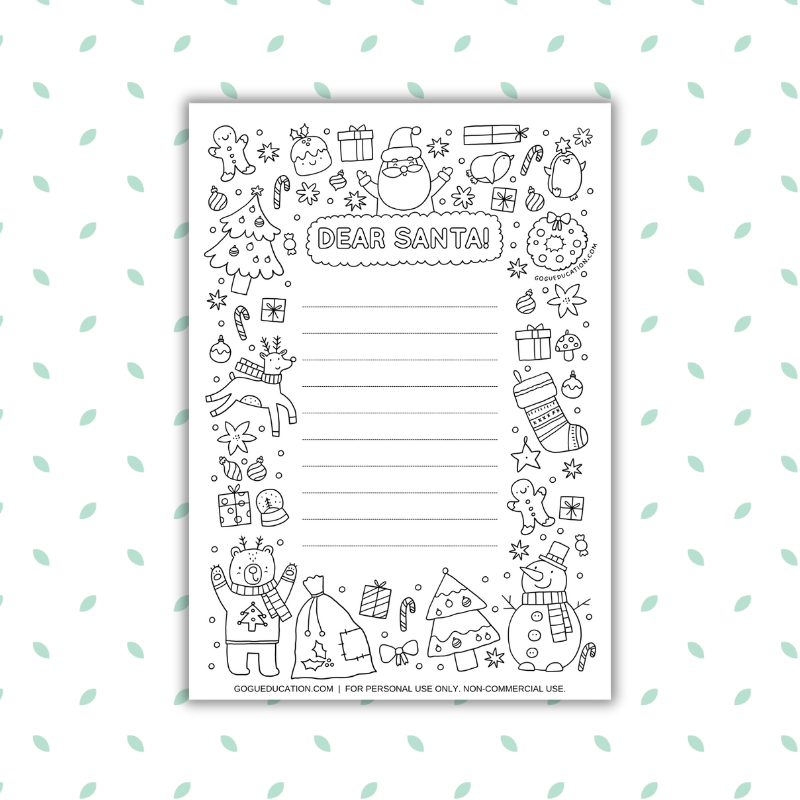Help children develop critical self-control skills with this powerful and highly visual Size of the Problem teaching tool. This chart is designed to teach kids that the size of their emotional reaction should always match the size of the challenge.
Who Needs This Resource?
Parents: Perfect for use in calm-down corners or during moments of frustration at home.
Teachers: An excellent addition to SEL curriculum, classroom management, and behavior support plans.
Therapists/Counselors: A foundational visual aid for discussing proportional reactions and emotional processing with clients.
What’s Included & How It Helps:
5-Point Scale: Visually maps problems from TINY (green, calm) up to HUGE (red, explosive reaction).
Relatable Graphics: Uses expressive cartoon faces to help children quickly identify and label their current emotional state and the appropriate level of concern.
Core Teaching Message: Clearly communicates the reminder: “The size of your reaction should match the size of the problem.”
Promotes Self-Regulation: By externalizing the problem scale, students learn to pause, assess, and choose a constructive, proportionate response instead of reacting immediately.
This chart moves beyond simple emotion labeling and focuses on the skill of emotional regulation. By externalizing the problem onto a clear 5-point scale, the child gains objectivity and control. This is the foundation of self-management and resilience.
Understanding the 5-Step Emotional Scale
The core of our Size of the Problem Chart is the intuitive, color-coded, 5-step scale. Each step features a unique cartoon face and color, making it easy for visual learners to identify their place on the scale.
TINY PROBLEM (Green): Calm face. Example: A broken crayon or a shoe is untied. Reaction: Self-fix/No help needed.
LITTLE PROBLEM (Blue): Slightly sad face. Example: Losing a game or running out of a favorite snack. Reaction: A minute of sadness, then moving on.
MEDIUM PROBLEM (Yellow): Worried/Wavy mouth. Example: Forgetting homework or having a small disagreement with a friend. Reaction: Ask for help/Talk it out.
BIG PROBLEM (Orange): Wide-eyed/Frustrated face. Example: Losing a valuable item or being left out by a group. Reaction: Seek adult guidance/Take a long break.
HUGE PROBLEM (Red): Angry/Steaming face. Example: An emergency, physical harm, or a significant loss. Reaction: Immediate adult intervention/Safety is the priority.
Benefits of Teaching Proportional Reactions
Beyond immediate behavior management, teaching the Size of the Problem Chart model yields lasting developmental benefits:
Improved Conflict Resolution: Children learn to assess conflicts logically rather than react impulsively.
Reduced Anxiety: It shifts focus from the catastrophe to the practical solution.
Greater Independence: Children gain confidence in handling small problems themselves.
Better Peer Relationships: Understanding proportional reactions helps them navigate social dynamics more smoothly.
This digital product is available under a non-commercial license, ensuring that your use respects the creator’s rights. It’s an ethical choice for consumers who value artistic integrity and legal compliance.
Modification, editing, or alteration of the content is strictly prohibited.
Uploading or sharing on a school website or any online platform is expressly forbidden.
Resale, redistribution, or any form of transfer of the content to third parties is not permitted under any circumstances.
Explore our platform for a wider array of educational materials.



